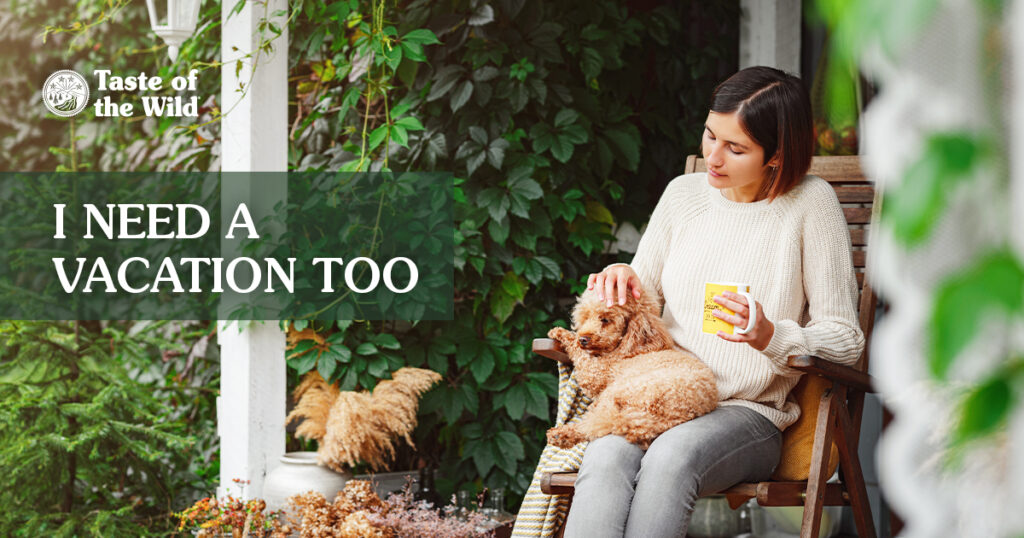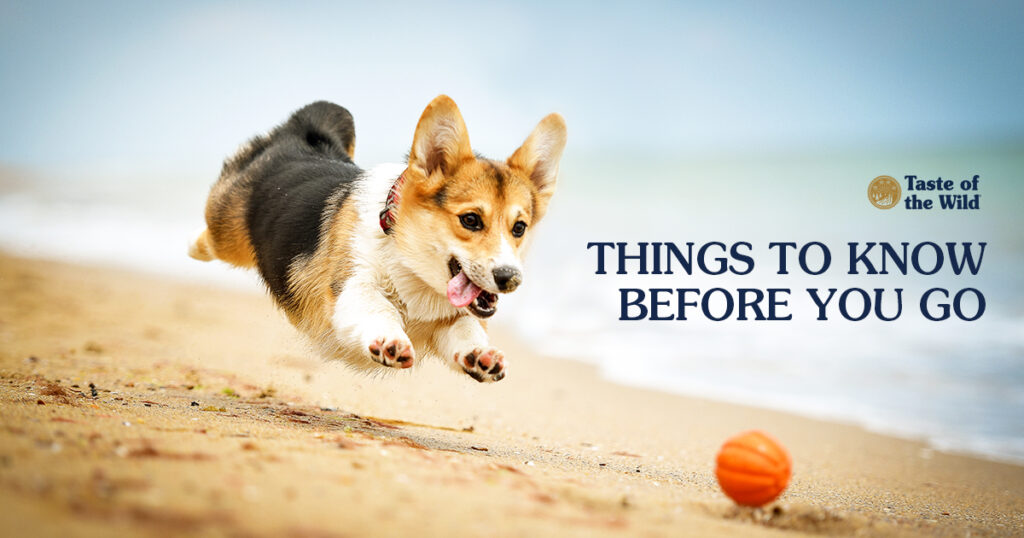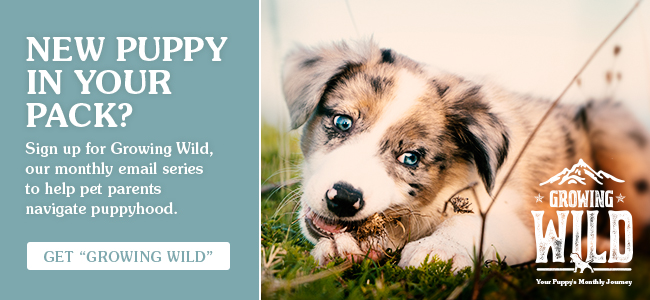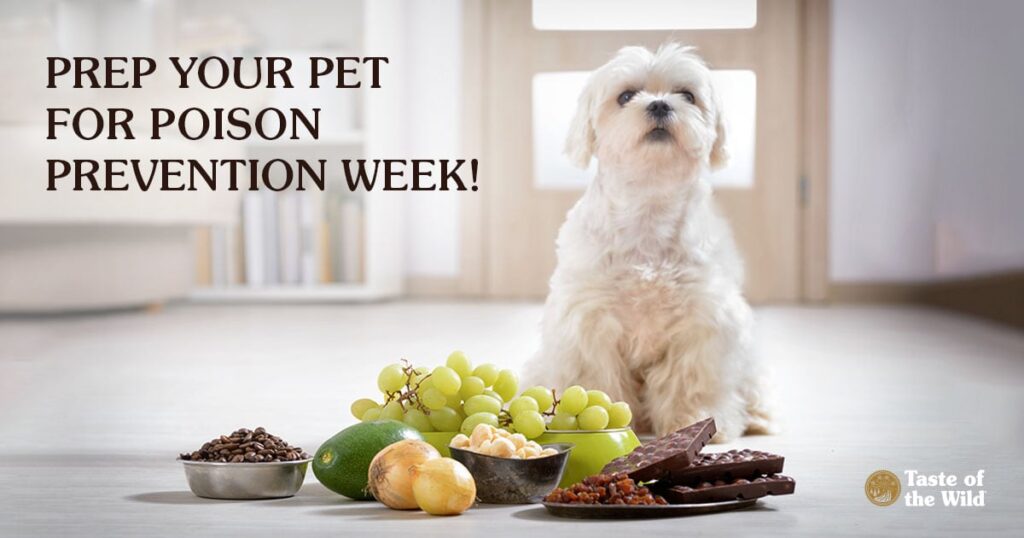
It’s about doggone time to shut down the computer and mute the work notifications, isn’t it? Unplugging from work and heading out on vacation can boost your happiness, decrease burnout and improve your overall mental and physical well-being.
But did you know that your dog can benefit from a vacation as well?
It’s true! We’re sure Fido’s ears have already perked up at the thought of spending extra time with their favorite human(s). They’re practically begging you to pack your bags as you’re reading this sentence out loud.
Now, even though your furry friend is getting excited for traveling, you know your dog best. If your doggo has issues traveling too far from home, start small on your vacation plans.
No matter whether you’re vacationing at the bed and breakfast on the other side of town or you’re traveling to a national park states away, we know Fido will benefit from the adventure in more ways than one.
Sniff some new flowers. Make some new friends.
Even traveling to a new part of town exposes your dog to new people, sights and sounds. Research shows that individuals who are out and about with a pet are much more likely to make new friends. Folks automatically want to say “hi” and pet Fido. And socializing your dog, especially at a younger age, is important to their overall mental health.
No worries. Be happy.
The mood is automatically cheery and light since you know your pet is safe by your side when you’re away from home. Neither one of you has to go a day without missing one another. After all, your dog already acts as if it’s been a thousand years since they’ve seen you when you just go down to the grocery store. Taking your dog with you on a trip can seriously cut down on the separation anxiety some pets feel.
And let’s face it, you miss them too when adventuring out by yourself.
Bond. Dog bond.
Adventuring with your dog strengthens the bond you share. It creates memories that will last a lifetime, for both of you. And it enhances a sense of belonging for you both. We mean, can you imagine hiking a new trail without Fido by your side? Or missing out on the barrel of laughs as your doggo discovers what sand feels like between their toe beans?
Enjoy the moment…and the pets.
As we’ve already pointed out, when you’re on vacation together, it’s your dog’s wildest dreams come true! Vacationing together additionally brings you both a peace of mind. It reminds you each to slow down and enjoy the moment.
You’re more likely to relax. And Fido’s well-being greatly improves with the extra time, too!
Walking the dog. Exercising the paws.
While adventuring to new places, your dog tends to get more exercise in their day as you both explore. Exercise provides Fido with a slew of benefits, such as reducing behavioral issues, prolonging their life, reducing the risk of obesity and mentally stimulating them. The amount of exercise your dog needs depends on their age and breed.
All this talk of a vacation has us packing our bags and our doggos grabbing their chew toys. What sites will you and your furry companion set out to see? Be sure to check out our Dog-Friendly Vacation Destinations for ideas.
RELATED POST: Adventures in the Wild: Camping with Your Dog




